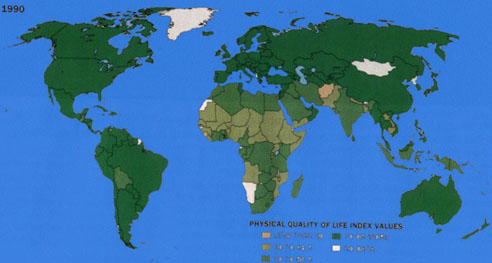
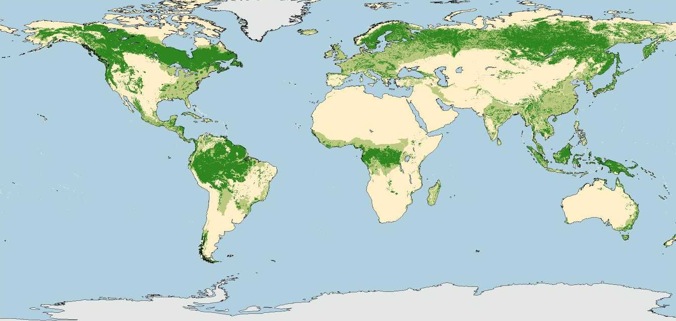
World maps of physical quality of life [PQL] index and another map of the location of the worlds great forests.
“Accounting for Environmental Assets,”
Robert Repetto
Scientific American, June 1992, pp. 94 - 100.
introduction | accounting table | Keynesian analysis of nature | ignored assets | marginal utility | deforestation | Conclusion
“Impoverishment is taken for progress.”

problem with the UN System of National Accounts (SNA)
“completely ignores the crucial environmental changes of our times: the marked degradation of natural resources in much of the the developing world and the growing pressures on global life support systems such as climate and biological diversity.
“By failing to recognize the asset value of natural resources, the accounting framework that underlies the principle tools of economic analysis misrepresents the policy choices nations face.”
accounting table | Keynesian analysis of nature | ignored assets | marginal utility | deforestation | Conclusion
![]()
Accounting table of costly and beneficial activities
| category | debit | credit | earth capital |
| Examples | |||
1 |
deforestation | reforestation | < genetic variety |
2 |
soil erosion | mulching | > nutrients |
3 |
aquifer pollution | wetland creation | > wildlife |
4 |
surface pollution | sewage treatment | > fish |
5 |
wildlife extinction | hunting reserves | eco-tourism |
6 |
fisheries depletion | hatcheries | < genetic variety |
7 |
air pollution | scrubbers | > respiratory health |
![]()
introduction | accounting table | Keynesian analysis of nature | ignored assets | marginal utility | deforestation | Conclusion
§§§
How is nature a free good?
 “Keynesian analysis for the most part ignored the productive role of natural resources, so does the current system of national accounts.” (94)
“Keynesian analysis for the most part ignored the productive role of natural resources, so does the current system of national accounts.” (94)
“there is a dangerous asymmetry in the way economists measure, and hence the way they think about the value of natural resources.”
“Buildings, equipment and other manufactured assets are valued as income producing capital, and their depreciation is written off as a charge against the value of production. This practice recognizes that consumption cannot be maintained indefinitely simply by drawing down the stock of capital without replenishing it. Natural resource assets, however, are not so valued. Their loss, even though it may lead to a significant decrease in future production, entails no charge against current income.” (96)
Natural resources are economic goods but are treated as ignored assets.
“Although the model balance sheet in the U.N. SNA recognizes land, minerals, and timber as economic assets to be included in a nation’s capital stock, the SNA income and product accounts do not.” (96)
“Ironically, low-income countries, which are typically most dependent on natural resources for employment, revenues and foreign exchange earnings, are instructed to use a national accounting system that almost completely ignores their principle assets.”
![]()
introduction | accounting table | Keynesian analysis of nature | ignored assets | marginal utility | deforestation | Conclusion | start
marginal value
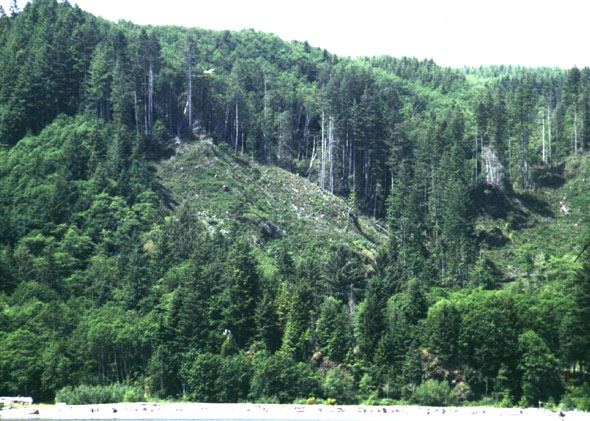
“Behind this anomaly is the mistaken assumption that natural resources are so abundant that they have no marginal value.”
“Another misunderstanding is that natural resources are ‘free gifts of nature,’ so that there are no investment costs to be written off per se. The value of an asset, however, is not its investment cost but the present value of its income potential.”
“The true measure of depreciation is the capitalized present value of the reduction in future income from the asset because of its decay or obsolescence. In the same way that a machine depreciates as it wears out, soils depreciate as their fertility is diminished, since they can produce the same crop yield only at higher cost.” (96)
Deforestation is the loss of forests.
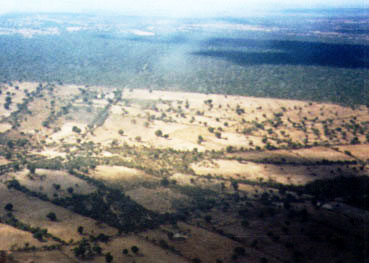 “One of the hemisphere’s highest rates of deforestation (Costa Rica) has led to the loss of 30% of the country’s forests. Furthermore, most of the forest was simply burned to clear land for relatively unproductive pastures and hill farms, sacrificing both valuable tropical timber and myriad plant, animal and insect species. Because most of the area converted from forest was unusable for agriculture, its soil eroded in torrents. Losses averaged more than 300 tons per hectare from land use to grow annual crops and nearly 50 tons per hectare from pastures.” (96-97)
“One of the hemisphere’s highest rates of deforestation (Costa Rica) has led to the loss of 30% of the country’s forests. Furthermore, most of the forest was simply burned to clear land for relatively unproductive pastures and hill farms, sacrificing both valuable tropical timber and myriad plant, animal and insect species. Because most of the area converted from forest was unusable for agriculture, its soil eroded in torrents. Losses averaged more than 300 tons per hectare from land use to grow annual crops and nearly 50 tons per hectare from pastures.” (96-97)
“Because forests, fisheries, farming and mining directly account for 17 percent of 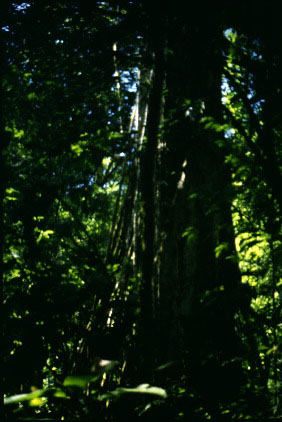 Costa Rica’s national income, 25 percent of its employment and 55% of its export earnings, this destruction caused severe economic losses. . . .
Costa Rica’s national income, 25 percent of its employment and 55% of its export earnings, this destruction caused severe economic losses. . . .
Yet nothing in Costa Rica’s national economic accounts records these economic losses.” (97)
“The experience of other developing countries for which natural resource accounts have been compiled parallels that of Costa Rica. In the Philippines, for example, annual losses resulting from deforestation averaged 3.3 percent of the GDP between 1970 and 1987. . . .
"This pollution, together with over fishing, wiped out all profits by 1984. Although the nation’s accounts showed a mounting external debt, they gave no sign of destruction in productive capacity that made paying back that debt more unlikely.” (98)
Deforestation
Oregon coastal road exposes clear cutting of a private forest.
![]()
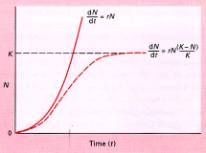 Existing accounting methods hide significant facts and increase our risks from failing to protect necessary water, soil, forests, and fisheries–all significant expensive resources needed for subsistence.
Existing accounting methods hide significant facts and increase our risks from failing to protect necessary water, soil, forests, and fisheries–all significant expensive resources needed for subsistence.
“Indonesia’s natural resource accounts 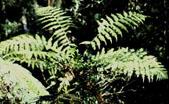 show that between 1977 and 1984 the depletion of natural resources totaled 19 percent of GDP. . . . Once again, conventional accounting methods show no sign of this impending danger.” (100)
show that between 1977 and 1984 the depletion of natural resources totaled 19 percent of GDP. . . . Once again, conventional accounting methods show no sign of this impending danger.” (100)

You can never do merely one thing because of how our world is tied together.
Nature is a source of wealth transformed by cultures into assets.
introduction | accounting table | Keynesian analysis of nature | ignored assets | marginal utility | deforestation | Conclusion | start
![]()
Trees take more than one generation to grow into usable timber.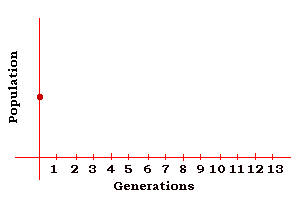
The 23,000 kinds of trees in the world all differ in rates of growth.
The U.K.N.F. reports that "Trees grow at different rates depending on the species. Yews can grow for a thousand years whilst poplars can be grown and felled in only 20 years. It is said that an oak takes 200 years to grow, 200 years to mature, . . . "
Forests create protection for watersheds and a source of water.
warnings about interpreting and then conveying data
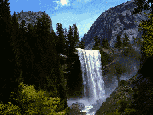
Natural Capital | Accounting for natural assets | Worth of ecosystem services
![]()
![]()